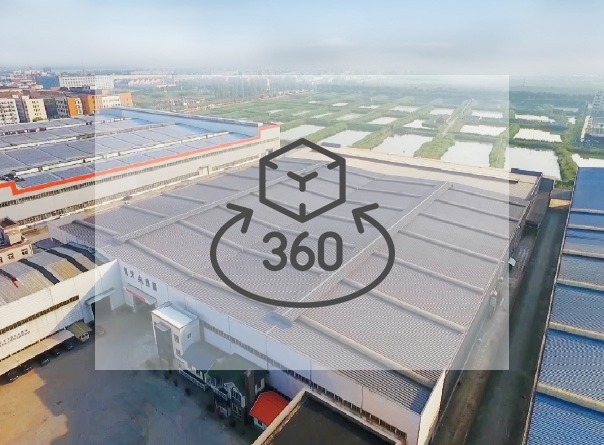Prefab Manufactured Housing Model
What comes to mind when you imagine prefab homes? Most likely a mobile home or something more affordable; but modern prefabs can be as beautiful and elegant as any stick-built house.
But purchasing and installing a prefab home requires careful thought. You must ensure you have enough funds for land, inspections and permits before beginning construction.

The Cost
Building a custom house from scratch can be an expensive endeavor, and many are turning to prefab homes as an alternative solution. Prefabs typically cost less and use fewer resources during construction reducing environmental impact and energy bills while simultaneously decreasing carbon emissions.
Prefabricated homes are constructed using prefabricated components assembled offsite before being transported to their final locations for assembly. Manufactured housing is the most widely utilized form of prefab construction; however there are also kit houses and shipping-container homes among many others.
When considering modular home prices, it's important to keep in mind that their costs may depend on your design and materials used. Furthermore, take into account transportation and installation costs - some companies offer this service while others may prefer working with local contractors who can complete work at more competitive rates.
Price for modular homes depends heavily upon its size and design. Three-story models may prove more difficult to construct due to shipping restrictions; therefore, such homes tend to be selected in areas such as San Francisco Bay Area that demand expensive real estate investments.

The Time
Prefab homes differ from traditional homebuilding by being constructed off-site and then assembled later, drastically shortening construction time and allowing homeowners to move into their new home sooner. Furthermore, prefabricated houses tend to use stronger materials that can stand up better against harsh weather conditions than their on-site counterparts.
Construction of a prefab home may still take time and requires multiple steps before it can start, including finding land, financing options and permits. While this may be frustrating for anyone interested in this option, it must ensure your prefab house meets code.
Prefabricated homes come in all kinds of forms, from basic models to more elaborate structures. Some popular prefab homes include shipping container houses and modular housing units; prefabs can also be made using recycled materials, making them eco-friendly; plus they can even be tailored to specific needs such as accessibility for disabled individuals.
Prefab homes typically consist of wood-framed structures, but PTH also builds steel-framed models. These homes allow more flexible design possibilities when it comes to modern trends in architecture and can easily conform to them.

The Environment
Prefabricated homes are constructed offsite in sections before being assembled on site, using materials similar to those found in on-site houses; however, production in a factory environment allows faster construction timeframes while energy efficiency helps minimize environmental impacts of construction projects.
There are various prefab houses, but the most frequently encountered one is a manufactured home (also referred to as mobile homes in some regions). These essentially mobile houses are constructed in factories under regulation by similar laws as traditional houses; however, their construction methods may differ.
Modern prefab manufacturers provide customers with many design choices for their prefabricated homes, such as floor plans, layouts and features. Some even provide energy efficient features like smart thermostats or solar panels.
Some people use the term "prefab" to refer to any house constructed in a factory and transported directly to its destination site, whether modular or manufactured home. More frequently however, this term refers to manufactured homes assembled offsite then transported via wheeled chassis directly onto their destination properties - typically placed within communities and leased back out with monthly site fees payable by consumers.

The Design
Prefabricated housing may not be a new idea, but its popularity has seen an exponential surge in recent years. Prefabricated allows people to live in high-end homes at significantly reduced costs while simultaneously making production faster - meaning less emissions produced due to not needing to be built on-site and therefore producing faster construction times.
Design options vary significantly when it comes to modular or prefabricated homes, including modular or prefabricated homes designed by architects like PTH - their PrefabX series utilizes an efficient floor plan which opens out towards nature; furthermore they also offer sustainability option packages to comply with Living Building Challenge or Passivhaus standards.







 English
English Español
Español 中文简体
中文简体 Français
Français عربى
عربى










